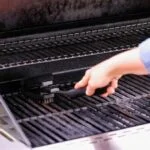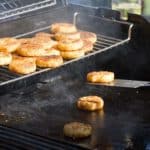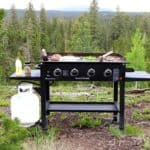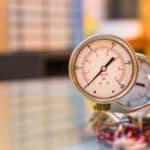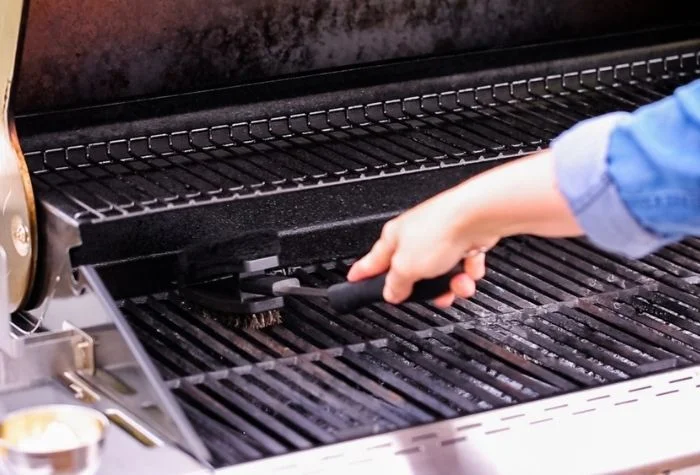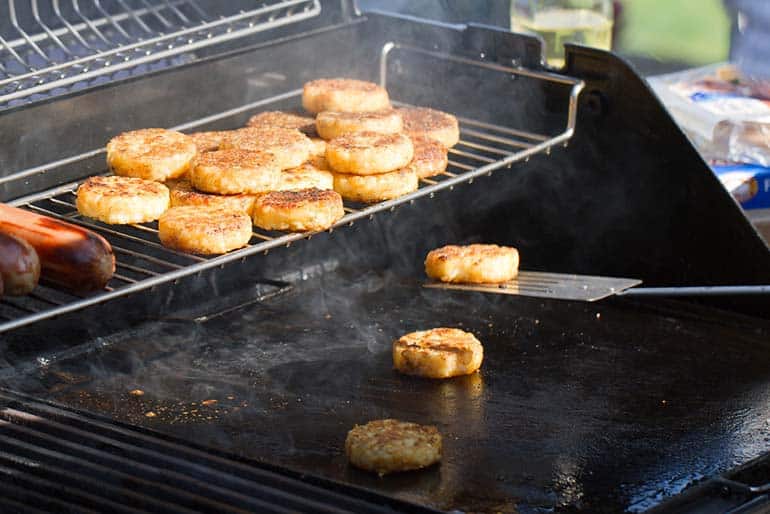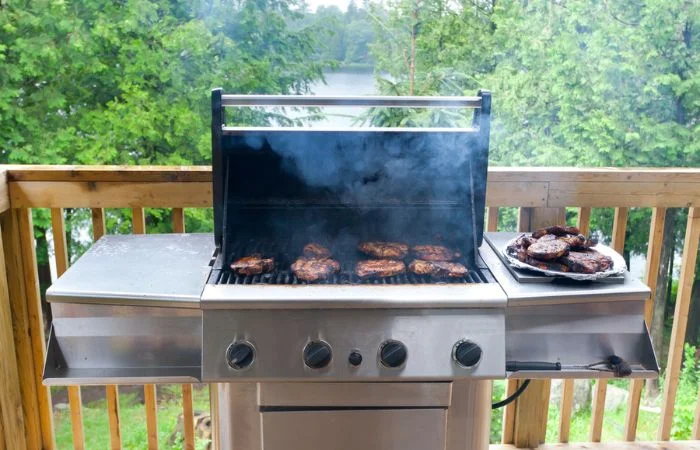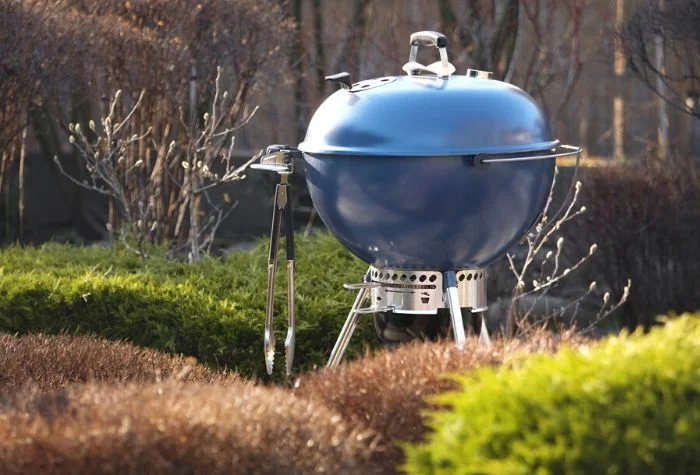Gas grill not getting hot enough? Get your propane grill back on track with these common heat problems and how to fix them.
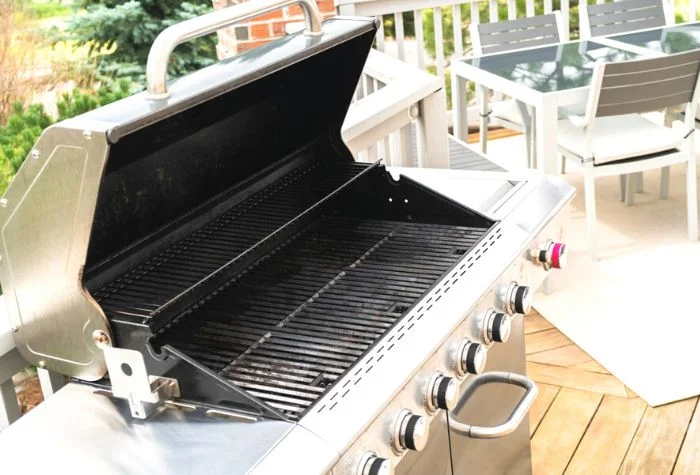
Most of us who choose to use a gas grill do so because of the control and ease this can give us. No need to light a fire or try to control wild temperature rises; the best gas grills should be accurate and provide heat on demand. So what do you do when that heat stops?
There are a number of reasons why the gas grill may not be getting hot as expected, and fortunately some of the causes have very simple fixes.
From regulator hose connectivity to misaligned burners, discover the common causes of propane grill heat loss and how to fix them with our easy gas grill guide.
Bypass Mode
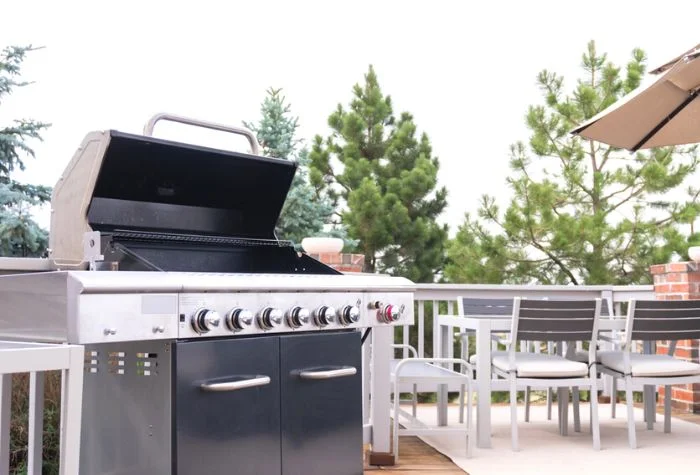
Since the 1990s, gas grills have had a safety device that is federally mandated, often referred to as ‘bypass mode’. It limits the flow to prevent overfilling or adding gas to a line with issues, such as trapped gas or a leak. It is a safeguard against potential hazards on your grill, however it is very common to trigger the safety even if there aren’t actually any problems.
To fix it, you need to equalize the gas pressure between the gas tank and the grill, by adjusting the regulator and flow-limiting device. Luckily, it’s easier than it sounds.
- Open the grill and turn off the gas flow altogether, and disconnect the gas from the grill
- Turn all of the settings and knobs on your grill as high as they go
- Leave it for sixty seconds (nothing should be burning as there is no gas) and then turn the knobs off altogether
- Reconnect your regulator (the part that controls the flow of gas) to the tank and gradually restore the supply of gas
- Ignite the grill as normal
If you don’t find that this has restored functionality then you might have a gas leak.
Temperature Gauge
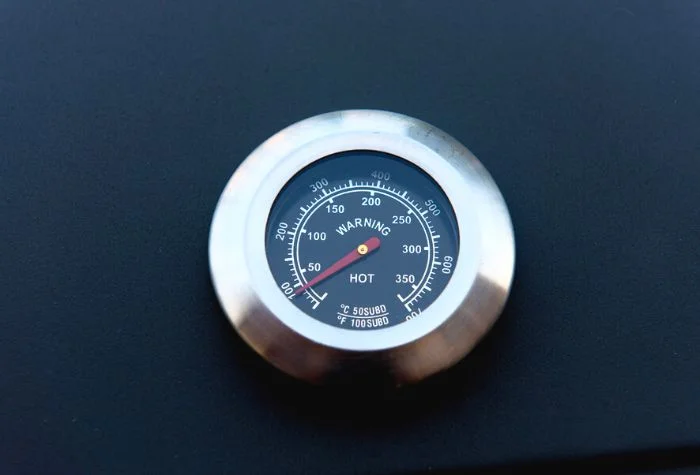
The temperature gauge is a simple device that provides you with the ambient temperature inside the grill hood. It’s important for ensuring that the food is cooked properly, and it gives you more control over things like slow cooking.
So, it could be that the temperature is fine, but that the gauge is giving you the incorrect reading. This is a more common issue with cheaper, low-quality gauges, and also might be an indicator that the gauge is too far from the food itself so giving a cooler reading than the heat right in the middle of your grill.
The best way to check is with a second thermometer probe. Place it close to the food and give it a minute to get up to temperature. If it gives you a wildly different reading then it could be a faulty thermometer. You could also use a thermocouple (like this one on Amazon) in the same way.
If the thermometer is broken, you have some options. You can look for a replacement part, or you can retrofit a compatible thermometer. Some people prefer to rely just on meat probes and take the internal temperature of the meat, but an external gauge is always useful.
Regulator Hose
The regulator hose controls the gas flowing into the grill and is where the safety device that activates bypass mode is situated. The most common gas grill regulator problems lead to low flames, uneven heat across your grates, and even line leaks.
Check if there are obvious visible signs of damage on the regulator hose, as well as any hissing noise that could suggest a leak. If you find that there’s damage or significant wear to the hose, you should order a replacement immediately. Fortunately, replacement regulator hoses are easy to find in stores or online (like this one on Amazon). Ensure you buy one that is compatible with your propane grill.
You should also check that it is properly connected to the grill so none of the gas is leaking. There will usually be some form of locking mechanism.
The regulator hose may need a few seconds to build up the pressure, so don’t light the grill instantly when you start the flow of gas. Also, ensure that in cold weather you’ve given the hose and regulator a little extra time to fully pressurize.
Still not working? Check that the knobs are set to high heat (you’d be amazed how easy it is to miss this).
If this isn’t the problem, it could be the next item on our list…
Propane Tank
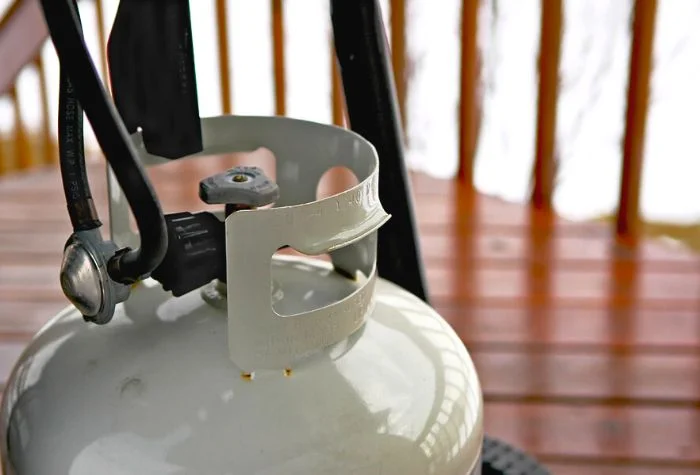
Your propane tank is your fuel, and if it is empty or nearly empty then the grill is not going to get as hot as you’d like (or get hot at all).
Follow our simple method to check how much propane is left in the tank:
- Fill a small container of hot water (the temperature that comes from your house’s hot faucet is fine)
- Pour it along the side of your propane tank
- Put your hand along the side where you have run the water to feel the temperature
- The tank will be warm where the propane has been used, and cool where there is still gas. You can feel roughly how much is left in the tank using this method. If only the bottom quarter is cool, there is around ¼-tank of gas left.
If it all goes warm or you find that there is no real variation in temperature, it could be that there is no propane left. Time to get your tank refilled.
Grill Burners
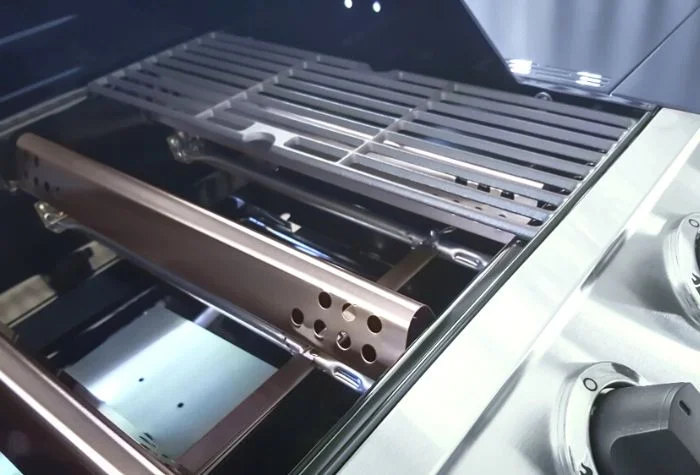
Burner issues can spell bad news and they may need professional repair. However, sometimes the fix can be as simple as a slight realignment.
If you have plenty of heat but it is not burning evenly, or you see a yellow flame from the burner, then your burners could be either misaligned or obstructed.
Check that the tube is properly sitting on top of the gas valve (of course, do this while it is off). You can also use a bottle brush or venturi brush to clean the tubes, to get rid of debris and other blockages, which can even be a fire hazard.
Finally, check if the port holes have been blocked by grease or debris. Clogged burner port holes can be spotted if there are not even flames around the burner. A brush or even a needle can be used to clear out the ports and get the gas flowing normally.
If, after all of this, your gas grill is still not working, it is time for more drastic action by either getting a professional repair, or replacing the grill altogether. Our gas grill troubleshooting steps should help you to get your BBQ back to full functioning, ready to grill some delicious meals.
